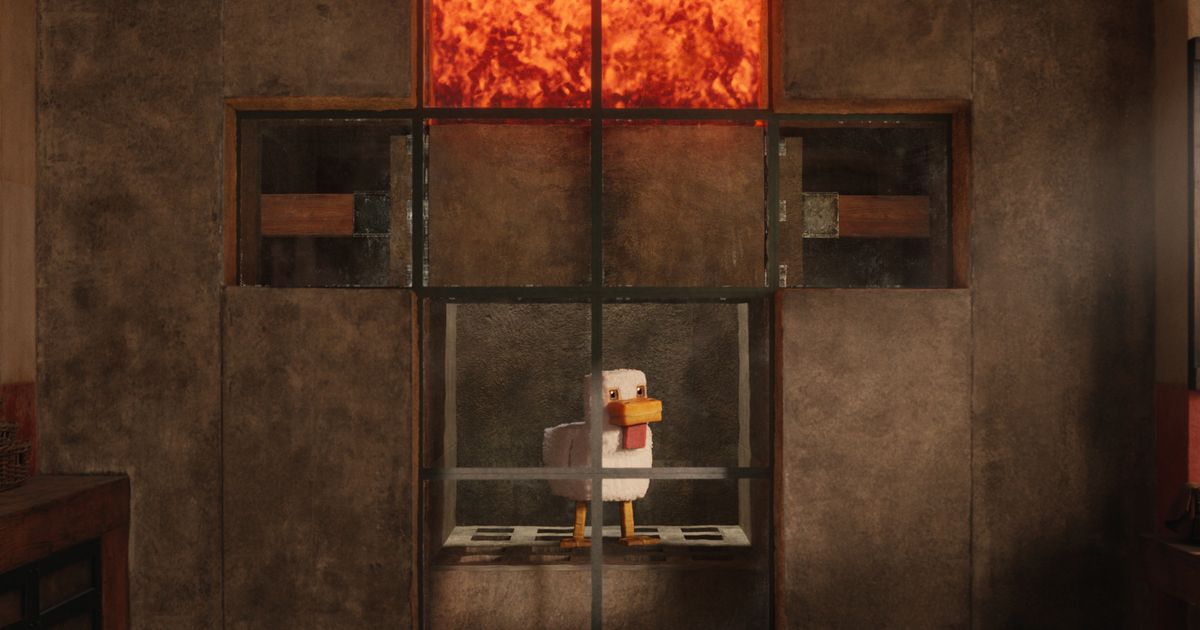Dweezil Zappa Embraces Guitar Amp Modelers on Stage

In a fascinating journey of music innovation, Dweezil Zappa found himself grappling with a significant logistical issue around 2009. While busy touring across the United States and performing a collection of songs penned by his legendary father, Frank Zappa, Dweezil faced a daunting challenge. The task of recreating the unique and eccentric sounds that Frank had mastered required an extensive and cumbersome setup. This setup was so large that it was roughly the size of two large refrigerators and comprised over 200 intricate connections and cables, creating a logistical nightmare for touring musicians.
The challenge for me on tour was how can I recreate some of these sounds and not use the actual equipment that [Frank] used because some of it didnt exist anymore, Zappa recalls, emphasizing the complexity of his musical endeavor. It was a pretty extensive system. Faced with these challenges, Zappa began to delve into a still-nascent technology that was revolutionizing the way musicians approached sound: guitar amp modelers.
These compact, briefcase-sized devices are designed to capture the essence of traditional analog amplifier and pedal sounds, digitizing them and allowing musicians to deliver audio fidelity that rivals the real thing. For Zappa, these modelers represented a breakthrough; they were not merely space-savers but gateways to an innovative realm of creativity. With the right tweaking, I suddenly had almost any sound or effect I could imagine at my disposal, he explains.
Switching between songs during live performances, especially those that dated back to 1981, became a breeze for Zappa. If I have to switch to another song, I just step on a button. Its like having a recording studio, the entire chain of the recording, at your feet, he adds, highlighting the ease and flexibility that modern technology affords live performers.
The realm of digital amplifiers can be broadly categorized into two distinct types: amp profilers and amp modelers. Profilers capture an audio snapshot of a guitar rigs unique sound, converting it into digital code that allows for reproduction without needing the physical equipment. These profilers can be played back through traditional amplifiers or, more commonly, through speaker systems. On the other hand, amp modelers delve deeper, analyzing the tonal characteristics of an amplifier at a granular level and digitally replicating each component, from tubes to transformers. This meticulous process results in a digital twin of the amplifier constructed entirely from binary code.
The ultimate aim of these technologies is to transform an instruments signal into a digital format, enabling it to be processed through the digital amplifier system, which enhances tonal complexity and richness. While these digital recreations may not perfectly emulate their analog predecessors, the majority of listenersapart from seasoned musicians and audio engineersare unlikely to discern any significant difference, especially in live environments.
The hardware utilized in these modeling devices varies greatly, typically comprising digital signal processing (DSP) chips and integrated circuits. These devices utilize specialized algorithms crafted to mirror the sound profiles and behaviors of various amplifiers and effects. Audio processing tools, such as waveshapers, manipulate sound waves to replicate the unique distortion generated by overdriving vacuum tubes in traditional amplifiers. In the analog domain, this physical process creates distortion, a defining characteristic that shapes the distinct tonal qualities of an amplifier. Modelers simulate this effect by digitally introducing audio clipping, effectively recreating the distortion found in analog circuits.
The rapid advancements and fierce competition within the amp modeling technology sector over the past decade have solidified its status as a fundamental element in modern recorded music. Outside of recording studios, modelers are gaining traction in live performances. Industry experts attribute this trend to the increasing frequency of touring schedules and a growing acceptance of the technology among veteran guitarists.
For many emerging musicians, the idea of playing through a traditional real tube amplifier may be a distant dream. Amp modelers afford these artists the opportunity to explore digital recreations of vintage or rare sounds that might otherwise be inaccessible. Moreover, they allow obscure pieces of musical equipment to persist digitally, even after the original hardware and those who could maintain it may have vanished.
The market for digital amplifiers is predominantly filled with offerings from companies such as Fractal Audio Systems, Line 6, Neural DSP, and Kemper. Neural DSP, for instance, employs a robotic operator equipped with a microphone to capture audio recordings of precisely adjusted gear. This data is processed through an audio interface and presented to users as a collection of digital amp and effects presets. Their Quad Cortex device even features a capture function, enabling musicians to connect their own analog setups and create convincing digital replicas within minutes.
Fractal Audio, known for the modeler that Zappa integrates into his performances, employs schematics and blueprints of analog amps to craft digital versions of individual components, such as transformers and tubes. The ultimate goal, says Matt Picone, Fractal Audios director of corporate development, is to build virtual gear that performs almost identically to its analog inspiration.
For the average non-musician, the difference in audio fidelity between an analog amplifier and a modeler has become almost indistinguishable, a trend that has persisted for several years. However, where some musicians feel modelers fall short is in replicating the elusive feel of their tube-based counterparts. This feel encompasses the physical sensation of sound being pushed through amplifiers into a packed venue, combined with the immediacy of a player striking a note and receiving instant feedback. Modelers often introduce latency, and even a millisecond of delay can disrupt the intricate connection between a player and their instrument.
Cooper Carter, a professional musician and production consultant with experience in shaping digital guitar sounds for renowned artists like Metallica and Journey, emphasizes, The goal with any system is to get the latency as low as possible so that the perceived experience is that of a physical rig. He elaborates that, In an analog environment, its literally operating at the speed of electrons moving through copper.
Some purists, referred to as tone purists by Carter and others, express skepticism about whether modelers can fully capture the quintessential human element that comes from traditional amplifiers. Dave Friedman, a veteran amp designer known for his work with guitar legends like Eddie Van Halen and Jerry Cantrell, articulated this tension in a 2020 interview. While acknowledging that modelers represent a great tool capable of achieving commendable tones, he voiced concerns that they may reduce the interaction between performers and their amplifiers. Theres an impact that the real thing has that the modeler doesnt have, Friedman asserted. Theres no danger left.
However, both Zappa and Carter are optimistic about the advancements in modeler technology, noting that the latest generation has made significant strides regarding audio fidelity, realism, and feel. Currently, Zappa employs a modeler during his live performances on a Jimi Hendrix tribute tour. Carter points out that these improvements have led many tone purists to reconsider their stance on the technology. Weve reached a point now where even the best players in the world, when presented with their rig that theyve toured with for 40 years alongside a modeler, many of them end up preferring the modelernot only because of how it sounds but also because of the creative freedom it offers, he explains.
Both Carter and Zappa share an enduring affection for classic tube amplifiers, likening their allure to that of an old muscle car compared to a modern electric vehicle. The former holds a nostalgic charm, but it may not always be the most practical choice for daily use. Its rock and roll, but [tube amps] are susceptible to damage, Carter notes. They are heavy and expensive. Theyre kind of one-trick ponies, or at the most, like three-trick ponies.
Moreover, practical considerations underpin this transition. Carter notes that the increasing adoption of modelers, particularly in live settings, has coincided with the music industrys heightened focus on touring. As artists of varying sizes tour more frequently, the costs associated with transporting gear have also escalated rapidly. Every major tour thats switched to [modelers] has saved a lot of money on cartage, he explains.
In addition to being lightweight and less prone to damage compared to bulky analog setups, modelers are less finicky and less likely to break during transportation. Individual components of tube amplifiers are easily rattled and can produce varying sounds from day to day due to different environmental conditions. A notable example involves Metallica during their 2013 Freeze Em All concert in Antarctica, where they relied on solar power that was insufficient to run their traditional full rig but adequate for a Fractal amp modeler. Now, more than ten years later, Metallicas lead guitarist, Kirk Hammett, continues to utilize a variation of that same modeler. I have a studio-quality sound in my Fractal, Hammett shared with music YouTuber Rick Beato. Album-quality sound. Thats a hard thing to do.
Importantly, veteran touring musicians are not the only ones reaping the rewards from the vintage tones captured within modern modelers. Newer artists, many of whom could never afford a rare vintage Fender amplifier from the 1970s, can now explore close replicas of those iconic sounds simply by connecting their guitar to a modeler. Carter notes that this accessibility is possible partly because amp companies cannot patent or trademark specific sounds. Modeler companies have capitalized on this, crafting nearly identical digital renditions of classic amplifiers while employing slightly altered names that pay homage to their analog predecessors. The outcome is a new generation of artists capable of preserving and advancing the iconic sounds of the past, even as the original equipment fades into obscurity.





























